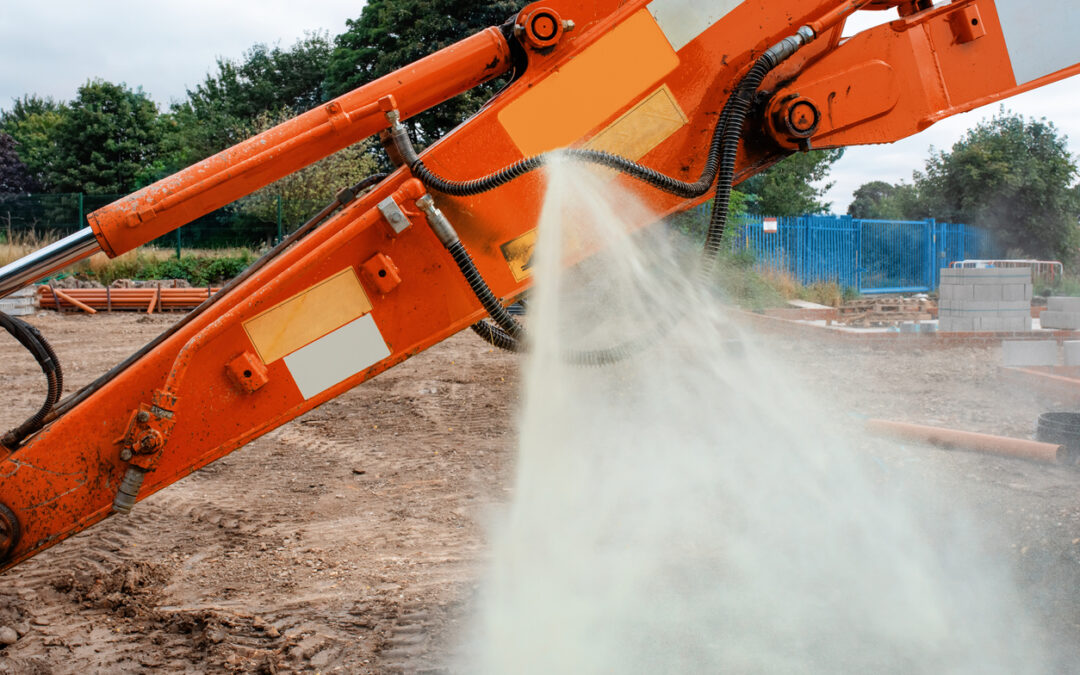The wonder of hydraulic systems is the amount of work that can be performed through the force of liquid pressure in an enclosed system. These system dynamics benefit from being well-understood and widely adopted. Less well-understood is that the fluid pressure must be carefully maintained at all times. Here are a few potential pain points within hydraulic systems.
Cavitation is a common phenomenon within hydraulic systems. Broadly speaking, cavitation exists any time bubbles develop within a fluid system. In a highly-pressurized fluid system, the collapse of these bubbles creates shockwaves. This vibration results in damage to surrounding elements within the system. This damage can eventually result in pressure fluctuations leading to loss of hydraulic pressure.
Ballooning exists in the lines transporting hydraulic fluid around the system. With a lack of routine maintenance, lines can eventually expand to the point that they are no longer seated correctly, meaning that seals at either end of the line lose pressure, again leading to the loss of pressure within the system and bringing operations to a halt.
Another issue is debris within the hydraulic fluid itself. Caused by failure to maintain the filter (and the inlet and filter bed), debris within the system can cause blockages within the system, resulting in pressure waves that can seriously damage surrounding components.
The solution to all of these issues is a maintenance routine involving fluid checks, temperature checks, and regular replacement of parts only designed to be used for a certain number of operational hours. Texas Hydraulics can give you all the information you need to create and maintain a maintenance schedule or repair hydraulic fluid leaks. Contact us today and protect your hydraulic fluid and pressure.

